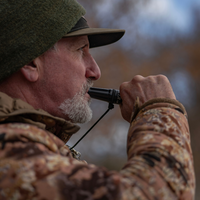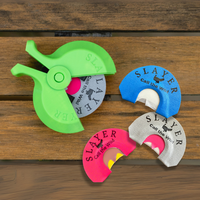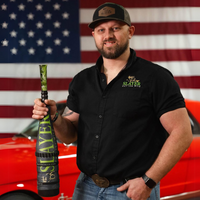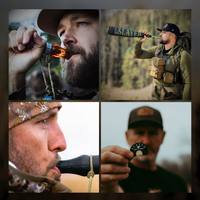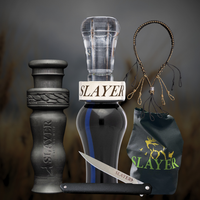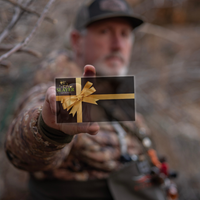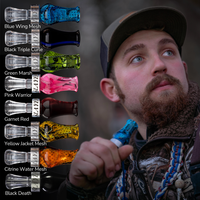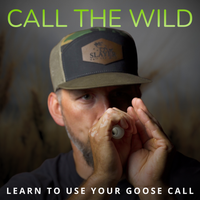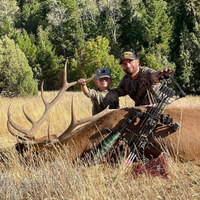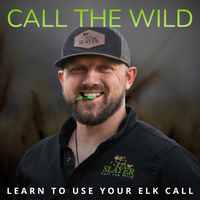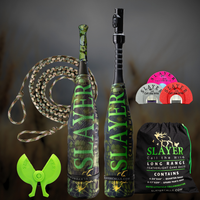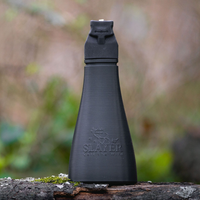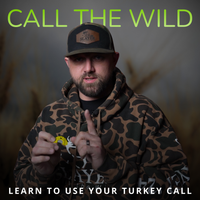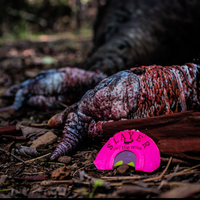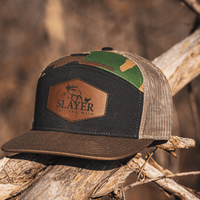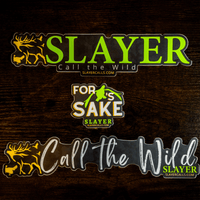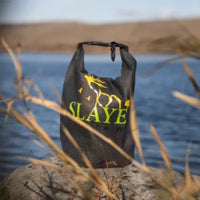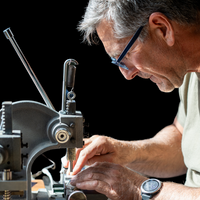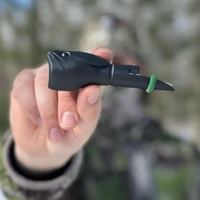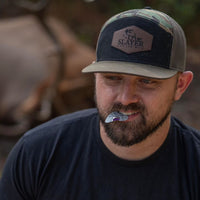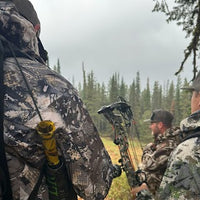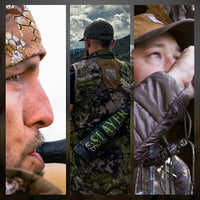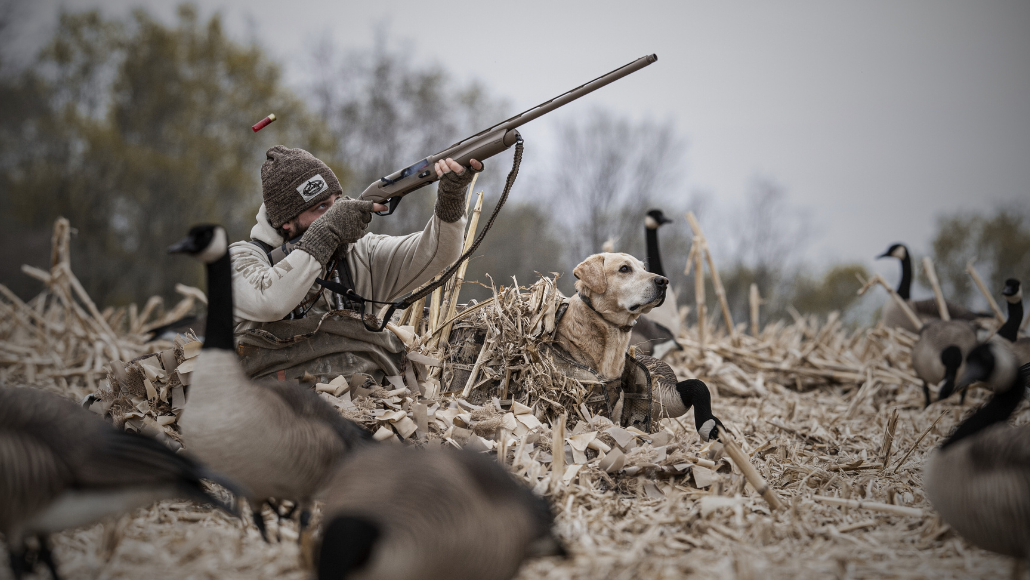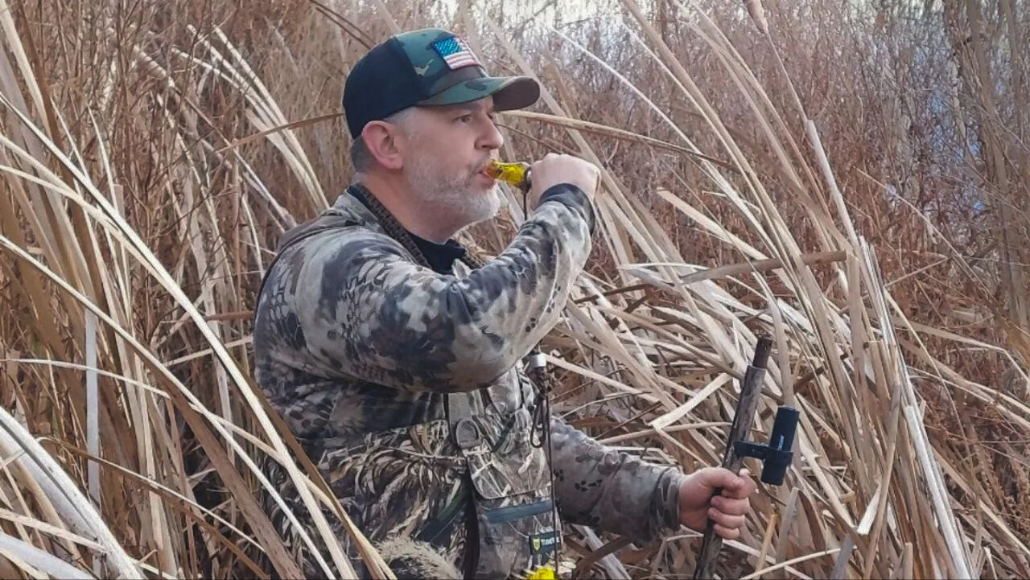Q&A With Adam Ray: Layout Blinds: Get ’em Ready!
By M.D. Johnson
Over the past half century — just to pull a number out of the hat — the waterfowling community has been witness to countless revolutions. Radical changes in an array of arenas: Technology. Population dynamics. Tactics. Strategies.
Such as, you ask? How about non-toxic shot? Or spinning wing decoys? Short reed goose calls. The 3.5” 12 gauge. Full-body goose decoys so realistic, you’d think they’d been hatched.
And then there’s the layout blind. There was a time, not very long ago, when hiding in the middle of a short-cut stubble field was damn near impossible. Then, a man from California name of Ron Latschaw created a hide, dragged it out into the field, and shot geese from inside it while lying flat on his back — a portable blind, which he so appropriately named The Eliminator — and which would forever change how we hid from ’fowl in the middle of … well, nothing.
Since its inception, I’ve been a huge fan of 50 or more variants of Latschaw’s brainchild, The Eliminator layout blind. So, too, has Adam Ray.
Currently serving as a member of the Slayer Calls Pro Team, Ray, 44, is a student ministry pastor at Harvest Bible Chapel in Traverse City, Michigan, and, as he admits, an avid outdoorsman. Ray also oversees a ministry called Hunting the Harvest, which coordinates outdoor adventures for enthusiasts of all makes and models. Ray’s a busy man these days, but not too busy to sit for a spell with the folks at Slayer and talk about something — pardon the cliché — near and very dear to his heart: waterfowl hunting. And here, specifically, the innovation that is the layout blind.

Slayer Calls (SC): Adam, there are a LOT of layout blinds on the market today. Where’s a hunter to begin when it comes time to choose and purchase their first?
Adam Ray: With modern farming practices, a lot of the fields we hunt are cut really short. And then some of those are rolled.
The first thing I’m looking for then [in a layout blind], is the lowest profile blind I can comfortably lay in. We’ve settled on
So profile is the first thing I’m looking at. Then, how many shadows does the blind cast, and what’s it going to take to round out the stubble in order to make those shadows disappear? [I want] to make it look natural in the field.
Author’s Note: I’ve been the No. 1 fan of the Avery Power Hunter layout blind ever since it was introduced (I’m guessing now) 20+ years ago. Yes, full-frame layout blinds might be more comfortable and provide more gear storage room; however, if it’s low-profile you’re looking for, it’s going to be tough — if not impossible — to beat a Power Hunter.
SC: In a classic case of ‘Do as I say, not as I do,’ how important is it to set up your new layout blind in the DAYLIGHT at home, prior to taking it out into the field on its inaugural hunt?
Ray: Most of these blinds are designed to fold down flat and take up very little space. Some of them roll up or fold up. And if you’re not adept at the process of setting that blind quickly, well … Let’s say shooting time is at 6:15. Guys, then, will start working backward in terms of time: ‘It’s going to take me 30 minutes to set decoys. It’s going to take me 40 minutes to set up and stubble blinds.’ But if you have to add in the element of, ‘I have to go teach this guy how to set his blind up or find the parts he didn’t put together,’ then it’s a drag on the whole team. Anything you can do ahead of time can be vitally important.  SC: Mudding your new layout blind — necessary step, or something that every manufacturer puts into the instruction sheet?
SC: Mudding your new layout blind — necessary step, or something that every manufacturer puts into the instruction sheet?
Author’s Note: For those unfamiliar with the term ‘mudding,’ it means literally and liberally slathering your layout blind with mud, letting said mud dry and then rough brooming it off. This helps dull the ‘shine’ inherent in the new CORDURA® nylon material most layout blinds are made of.
Ray: We ‘mud’ all of our blinds pre-season, which is a lot tougher to do than you’d think in northern Michigan where it’s all sand! But it’s important to put that layer of shine-deadening mud on that blind. And we might do that a second or third time throughout the season. Too, and if we know what kind of field it is, we hunt and often pre-stubble the blinds and then fold them up carefully. This just cuts down on the time we spend stubbling blinds and getting them ready in the morning.
SC: Final question, Adam. Artificial raffia grass, or all-natural, on-site material in the stubble straps?
Ray: I love using raffia grass on A-Frames and any permanent blind I’m going to leave in place. The biggest issue I have with raffia, especially pre-season, is the mix of colors you’ll be working with [in the field]. So if I have one predominant color on the blind and it’s not right, I’m out there trying to pull it off and add some other colors. Even [a material] so detailed as straw has a different texture and throws a different shadow than does raffia. Maybe I’m hyper-paranoid on this, but if I’m looking back at the blind and can see a big change in the shadows, I want to change that and match it up better.
